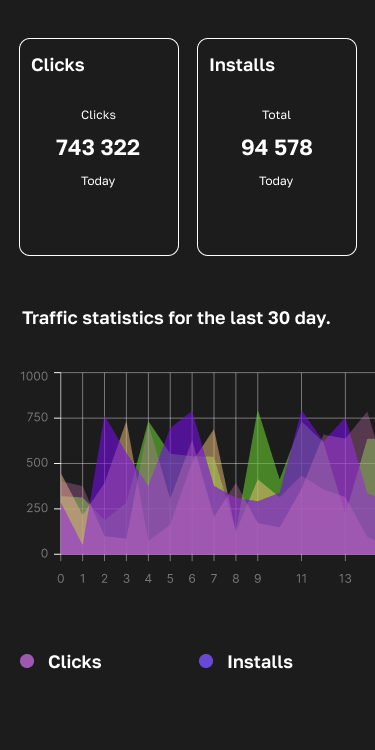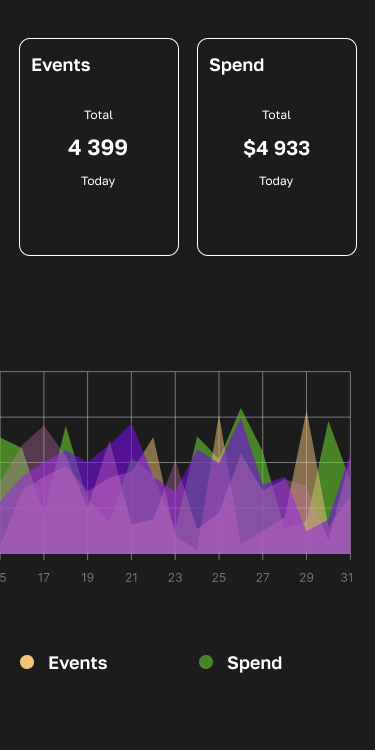In today’s in-app ad ecosystem, a striking market imbalance is taking shape: just four ad networks now capture 70–80% of total ad revenue. This concentration is reshaping how app developers monetize, how publishers choose partners, and how competition plays out across mobile platforms.
What’s Changing – and Why It Matters
From “best practice” to reality
Traditionally, the recommendation has been: diversify ad demand sources to boost competition and yield. But the data speaks differently: although many networks are active, most ad dollars are flowing into just a few dominant hands.
The concentration shows up everywhere
- On iOS, closed-loop networks (those owning both demand and supply chains) or networks tightly integrated with platform infrastructure hold built-in advantages.
- On Android, despite its more open and fragmented architecture, a similar concentration of power emerges in practice.
What This Means for Publishers & Advertisers
For smaller and mid-tier publishers:
- Heightened dependency risks
Relying heavily on just a few networks makes you vulnerable to abrupt policy changes, CPM swings, or algorithm shifts. - Entry barrier for new networks
Advertisers tend to favor established, high-performing platforms, making it harder for niche or emerging ad networks to gain traction. - Margin compression for secondary networks
Those outside the top tier must compete aggressively on fees, features, or niche focus leading to lower margins.
For advertisers:
- Reduced negotiating leverage
- Less price competition
- Limited visibility and control over inventory
- Potential exposure to opaque pricing and preferential treatment within dominant ad stacks
Where Opportunities Still Lie
Because so much value is concentrated, there is room for challengers, if they can differentiate:
- Transparency: Certify inventory quality, provide auditability, or expose revenue share terms clearly.
- Specialization: Focus on verticals (gaming, fintech, wellness) or geographies where dominant players are weak.
- Stronger publisher relationships: Build trust via consistent payouts, fairer terms, and responsive support.
- Deeper platform integration: Align with OS updates, SDKs, and new ad formats to offer premium advantages.
- Value beyond volume: In lower-demand markets (emerging geos, niche verticals), networks can win by optimizing yield, lowering fees, or offering differentiated measurement and insights.
Final Thoughts & Strategic Moves
The dominance of a few in in-app ad revenue isn’t just a styling headline, it’s now a structural reality in the mobile ad economy. For publishers, success will depend on how well they balance yield and risk, stay agile, and avoid overreliance on any single partner. For ad networks, the path forward is to break the grip of incumbents by delivering compelling, differentiated value.
Looking ahead, we may see:
- A growth in vertical or regional ad networks,
- Calls for greater transparency or regulation,
- Or possibly new platform-level shifts that rewire power dynamics.
But until then, the power law holds strong in the in-app ad world.










